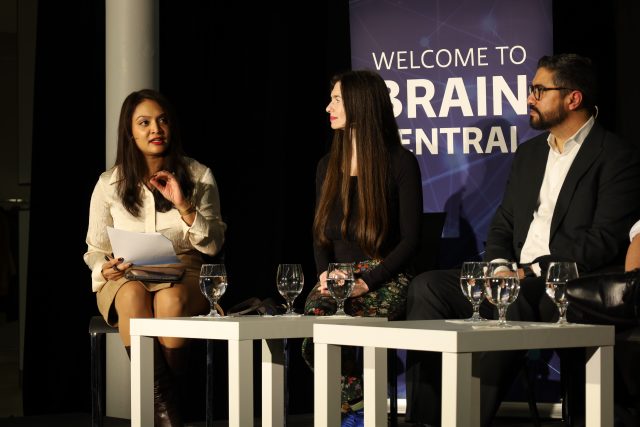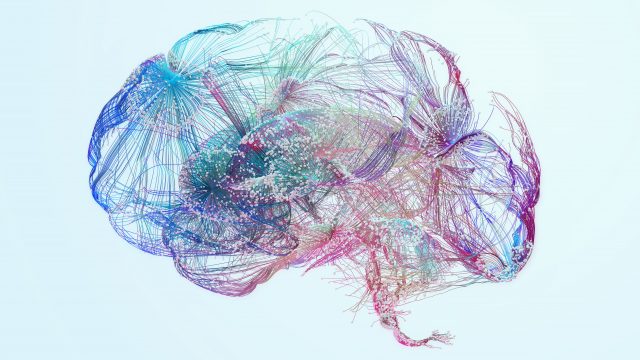Your brain is always changing. It is constantly processing information from your body and making sense of the world around you. And in doing so, your brain itself is changing. In fact it continues changing throughout your lifetime. You experience this change with every new skill you learn, and every old memory you forget. Neurogenesis, or the creation of new brain cells, is a primary driver of this change: cells are born then differentiate into a specific type of neuron, migrate to their destination in the brain, and then finally integrate into a new or existing network. As the new President and Scientific Director of the Ontario Brain Institute, I feel this is a fitting way to introduce myself to all of you.
I was born and schooled in Canada where I received an MD from the University of Calgary and then completed my clinical training in neurology at the Montreal Neurological Institute. Following this, I ‘differentiated’ as a post-doctoral fellow, training in tumour and molecular biology at the Ludwig Institute for Cancer Research in Montreal and then University of California San Diego in La Jolla California. I continued my ‘migration’, moving to Detroit to lead the Brain Tumour Program at Henry Ford Hospital and build the Hermelin Brain Tumor Center which became a leader in the understanding of the genetics of brain tumours and in the development of treatments for brain tumours.
Throughout my career as a neurologist and researcher, I have witnessed first-hand the value of taking a collaborative approach to science that engages patients and industry as part of the process. This approach to research is at the core of OBI and is why I am enthusiastic to ‘integrate’ into the role of President and Scientific Director. I am fortunate to be guided by the vision set in place by Dr. Donald Stuss and Mr. Joseph Rotman, the Founding President and Scientific Director and Founding Chairman of the Board, respectively. With OBI, I am excited to continue on this path and drive forward the research that will create better treatments and improve the quality of life for the nearly one million individuals in Ontario who currently live with a brain disorder.
Already, we are seeing early evidence of the research, economic, and health impacts arising from a collaborative approach to brain research and innovation.
One example stems from direct collaboration between researchers. Learn how two researchers, one who studies the aging brain and one who studies pre-term infants have found common ground and forged a collaboration across brain disorders at opposite ends of the lifespan. You can also read about other research updates from our five Integrated Discovery Programs.
Another example of a research impact relates to data sharing. OBI set up a system where researchers can share data, collaborate, and ultimately gain deeper insight into causes and mechanisms of brain disorders. Data shared through Brain-CODE, the OBI informatics and analytics platform, is creating a research database that is a valuable resource for those within the network, and outside of it. Read about a new partnership between OBI and the National Institute of Health that will advance autism research by allowing scientists in Canada and the US to link research data.
Brain research is central to OBI, and it is also our job to help it take the next step to yield economic and health outcomes. Learn how OBI has helped a spin-out company navigate the tricky terrain and integrate into the Ontario neurotech cluster. You can also read about how OBI has helped turn knowledge into action and used evidence to improve brain health.
As the ‘new neuron’ in the network I have to say that it is incredible to see what has been accomplished by OBI and its partners. I feel privileged to share these updates with you, and I invite you to follow our progress and share your comments on our blog or through social media.
Thank you all for your ongoing interest and support for OBI.
Sincerely,
Tom Mikkelsen, MD, FRCPC
Back to Brainnovations Newsletter

